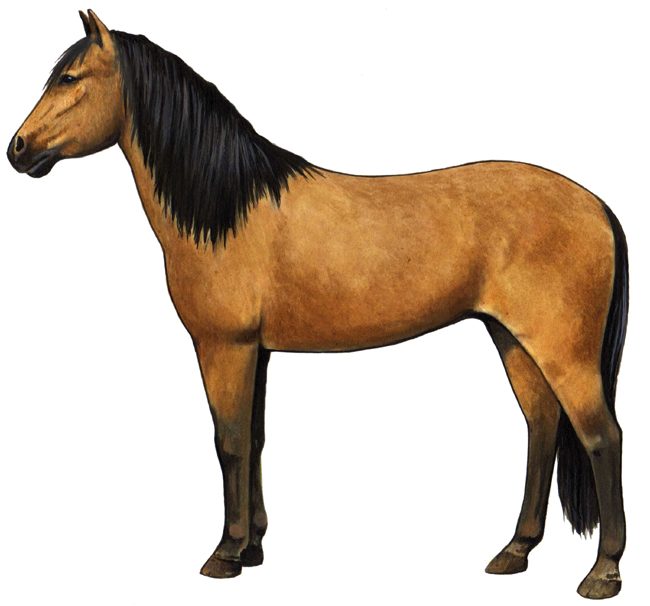|
|
| Barb / Spanish Barb
Horse |
|
 |
| Developed
on the Barbary Coast of North Africa over 1,200 years ago, the Barb
is a light riding horse. Used on the deserts, it had great
hardiness and stamina. Some were imported into Spain where
they were crossbred to create the Spanish Barb. |
|
|
The Spanish Barb
has a legacy bequeathed out of the Spanish discovery, exploration
and colonization of the New World. Arriving by ship to confront
foreign environs, the Spanish Barb horse adapted, endured and
survived the epoch of exploration, conquest and colonization, and
continued through the age of settlement of the American West. The
Spanish Barb was one of America's greatest resources and without the
presence of these horses, history would read quite differently. Once
the New World was firmly established, the Spanish Barb forged ahead
to other tasks. Whether war horse, mission horse or ranch horse, the
Spanish Barb fulfilled his destiny with extraordinary success,
facilitating the power of movement critical to founding a new
nation. This nation was dependent on the Spanish Barb "work" horse,
instead of the imported "sport" horse until the time of the
Industrial Revolution when a mechanized society became the order of
the day.
The Spanish Barb horse has an
ancient origin. He is the result of crossing the African Barb, or
Berber horse with the resident horse of the Iberian Peninsula after
the Moors invaded Spain in 711 AD. The precursors of the
Barb/Iberian horse are attributed to having descended from Equus
stenonius, one of the six original types of wild horses known to
man. The Barb/Iberian horse was developed by those cultures who
depended on their horses in every day life. It is these cultures
which have always produced the world's best horses. |
|
Image copyright
Feenixx Publishing.
All right reserved. May not be used without prior written consent. |
|